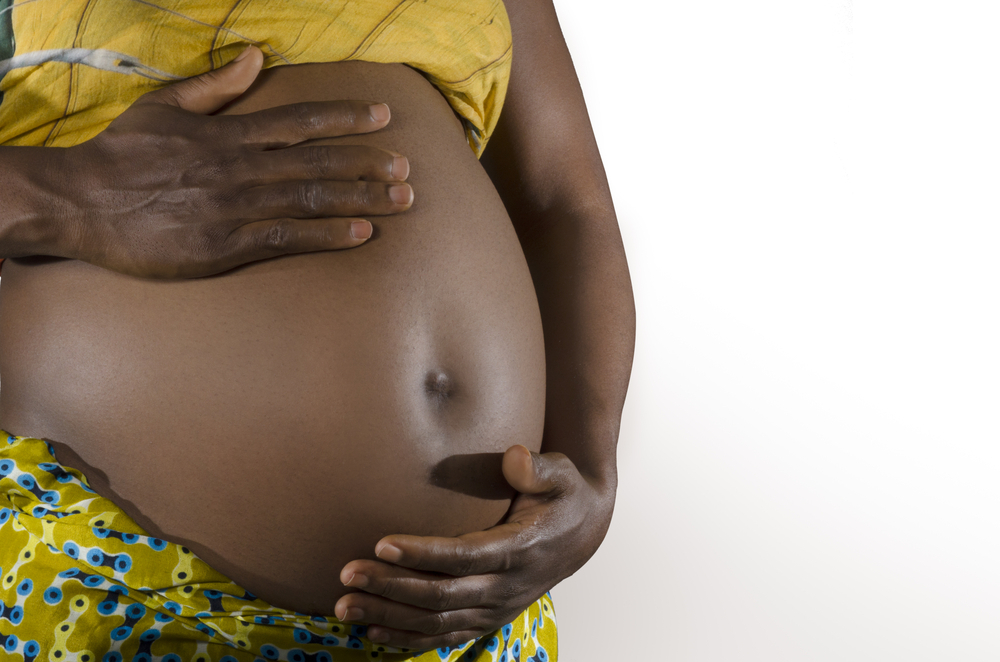The Rate of Maternal Mortality in Africa
Maternal mortality as defined by the World Health Organisation (WHO) is ‘the death of a woman while pregnant or within 42 days of termination of pregnancy, regardless of the duration of the site of the pregnancy, from any cause related to or aggravated by the pregnancy or its management; but not from accidental or incidental causes (WHO, 1992). This canker is caused by haemorrhage, hypertension, infections, and indirect causes, mostly due to interaction between pre-existing medical conditions and pregnancy.
WHO has estimated that over 295 000 women died during and following pregnancy and childbirth in 2017. Out of those deaths, about 94% could have been avoided occurred in low- and middle-income areas. The data showed that approximately 86% of the global deaths in 2017 occurred in Saharan Africa and southern Asia with Sub-Saharan Africa. The report also estimated that about 810 women died each day from avoidable causes linked to pregnancy and childbirth in 2017 [1]. The risk of a woman in most poor countries dying from these preventable deaths during her lifetime is about 130 times higher compared to a woman living in a developed country [2].
In a recent 3 day meeting organized by the Ghana health service on the theme: “Improving Service Delivery in a Pandemic: The Role of Participatory Planning and Budgeting”, the Director of Ghana Health, Dr.Patrick Kuma- Aboagye disclosed that the maternal situation in the country has worsened as it increased from 392 in 2020 to 427 in 2021 [3].
This data is unsettling because such deaths are preventable. However, the question is what drives such deaths in these countries? Below are a few factors responsible for the increasing pregnancy-related deaths also known as maternal mortality.
Factors responsible for Increasing Pregnancy-related Deaths in Low and Middle-income Countries
Health Systems
One of the main factors that cause the increase in maternal mortality in Africa is the poor quality of health care systems. The health systems have weak referral systems coupled with poor financing in the sector. Access to quality maternal health care is very poor, with roads in a deplorable state severely affecting transportation systems in these countries. The few maternal facilities lack essential drugs, equipment, and supplies. Also, these countries have inadequate quality or skilled health care personnel and providers.
To worsen the situation, majority of the available health care providers have negative attitudes and inappropriate treatment guidelines and protocols (Feacham et al., 1991). It is worth mentioning that a low health personnel-to-population ratio is a chronic issue too. For instance, Ghana has a 2.65:1000 health to population ratio, and Tanzania can count on just 5.2 clinical health workers per 10 000 people, one-fifth of the optimal ratio recommended by the World Health Organization [4].
National policies
One cannot talk about the health system without talking about the national policies and investments of the low-income countries. For a country to have a quality maternal health service, it must ensure to implement standard and effective policies where everyone benefits.
However, most countries, especially those in Sub-Saharan Africa, have not addressed policy issues, even where the policies have shown to have a huge influence on maternal mortality. Policies relating to abortion have not been properly tackled, leading to an increasing rate of maternal mortalities (Feachem et al., 1991).
Societal beliefs and Characteristics
Another major problem that increases the rate of maternal deaths in most African countries is the household and community characteristics. Women in many poor communities have low status due to inequality in education, employment, property ownership, and participation in decision making; hence not enlightened enough to seek prompt action during pregnancies. Also, domestic violence coupled with the low status of women with low or lack of legal protection for victims increases the high rates of maternal mortality.
In addition to the factors increasing the high numbers of unavoidable death during pregnancy, is harmful traditional practice. These practices and religious beliefs are sexually linked from female genital mutilation to feeding, and nutritional practices adversely affect maternal health. They cover a wide range of activities and practices and differ from ethnic group to the other in most African countries.
In addition, a plethora of harmful beliefs and practices around pregnancy and childbirth impact health-seeking behaviour during pregnancy and parturition. The disproportionately low use of health facilities for delivery of care is testimony to the strength of these beliefs (Ghebrehiwot, 2004). The extreme poverty rates, poor allocation of resources, and the control of those resources also influence maternal mortality. This is because the delivery of infants attracts some charges, and most men are not that supportive, leaving their wives to their fate in many African countries. Even in countries where delivery seems to be free in public facilities, the cost of accessing care is sometimes prohibitive, regardless of the quality (“Maternal Mortality - Disease and Mortality in Sub-Saharan ...”) [5].
Teenage Pregnancy
Research conducted by Kassa et al., 2018 [6], in about 82 low-income countries showed that teenage pregnancy, which is prevalent in these countries, is also a cause of maternal mortality. This research found that the prevalence of early marriage has a significant impact on maternal mortality; because at an early age, the female pelvic is not capable of carrying a foetus which may result in a higher risk for obstructed labour. Thus its consequences may be maternal death in the worst scenario.
There is a strong correlation between pregnancy outcomes and maternal survival. Many underage girls who get pregnant are always at a considerable risk of facing complications during birth which usually leads to death. Some of them usually resort to illegal means of terminating unplanned pregnancies, which may lead to death.
Conclusion and Recommendations
From the above factors, there could be a delay in seeking a health facility- a delay in reaching the health facility, and a delay from the facility makes most women deliver at home. The delays or delivery at home, coupled with other factors, usually lead to profuse bleeding resulting in death.
Maternal mortality is a genuine problem in low-income countries, and this must be addressed as soon as possible. The goal of ending this preventable yet fundamental issue is a call to action. While some causes are due to lack of health infrastructure, which often lies in the hands of national governments. Still, there is need to make information and health promotion about reproductive health services essential to reduce maternal mortality.
Therefore, for all hands to be on deck to curb this menace, it should be through a collective effort across all regions, especially countries with significant improvements in their health care delivery systems. Finally, international organizations such as the World Health Organization could intensify their efforts in financing health infrastructural projects in remote areas.
Written by: Joel Awinzure AGUMAH







Comments (1)